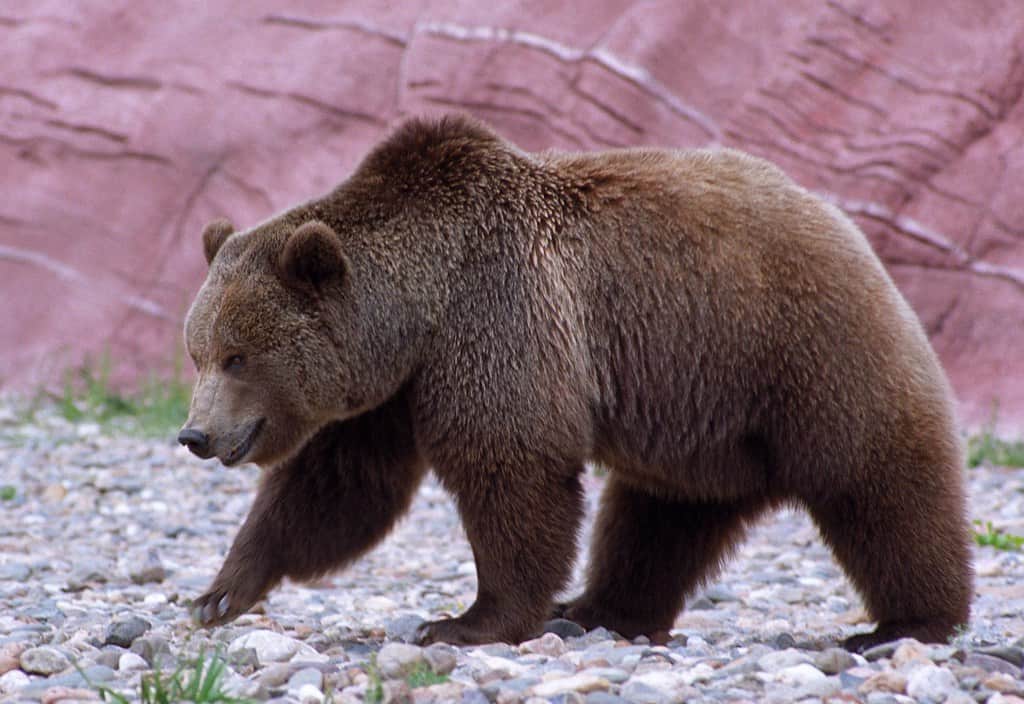When winter approaches, many animals employ a fascinating survival strategy known as hibernation. This natural phenomenon has captured human curiosity for centuries, leading to millions of searches online as people seek to understand how various creatures endure harsh conditions. From bears’ winter slumbers to the surprising hibernation habits of certain reptiles, this biological adaptation continues to intrigue scientists and nature enthusiasts alike. In this comprehensive exploration, we’ll address the ten most commonly searched questions about animal hibernation, providing detailed, science-based answers that reveal the remarkable ways animals have evolved to survive seasonal challenges.
What Exactly Is Hibernation?
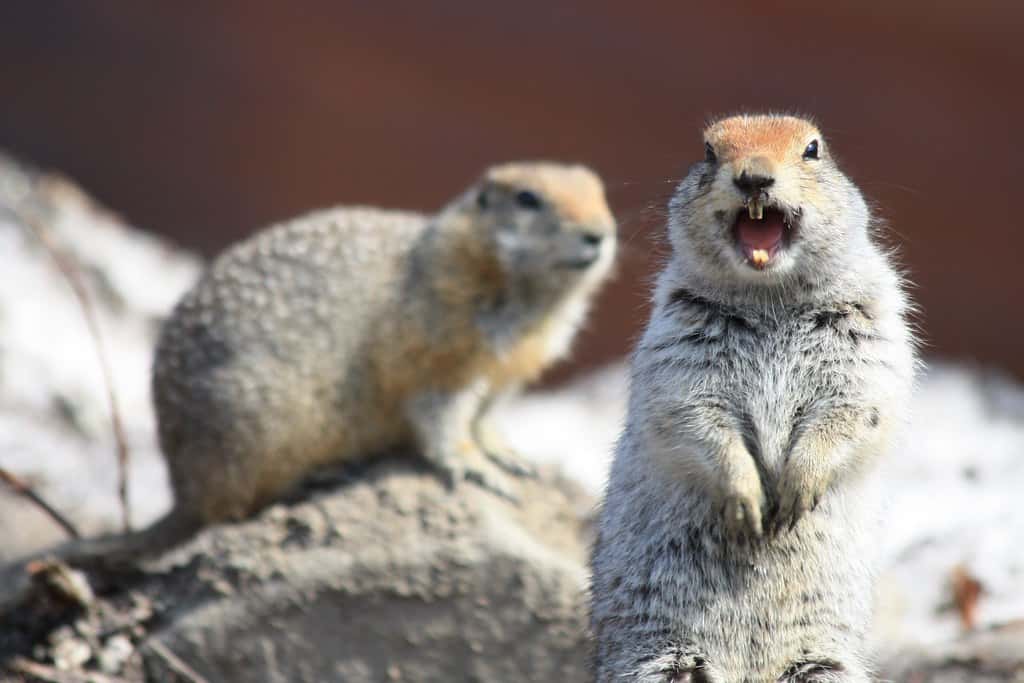
Hibernation is a physiological state characterized by a controlled reduction in body temperature, breathing rate, heart rate, and metabolic activity that allows animals to conserve energy during periods of food scarcity or extreme environmental conditions. Unlike simple sleep, hibernation involves dramatic physiological changes that would be dangerous or fatal in non-hibernating conditions. During true hibernation, an animal’s body temperature can drop to near-freezing levels, heart rates can slow from hundreds of beats per minute to mere single digits, and oxygen consumption may decrease by up to 98 percent.
Scientists distinguish between true hibernation and other dormant states like torpor (a shorter-term reduction in physiological activity) and brumation (the reptilian equivalent of hibernation). True hibernators experience extended periods of metabolic suppression lasting weeks or months, during which they rely primarily on stored body fat for sustenance. This remarkable adaptation allows creatures to survive in environments that would otherwise be inhospitable during certain seasons, effectively “sitting out” the harshest conditions while minimizing energy expenditure.
Do Bears Actually Hibernate?
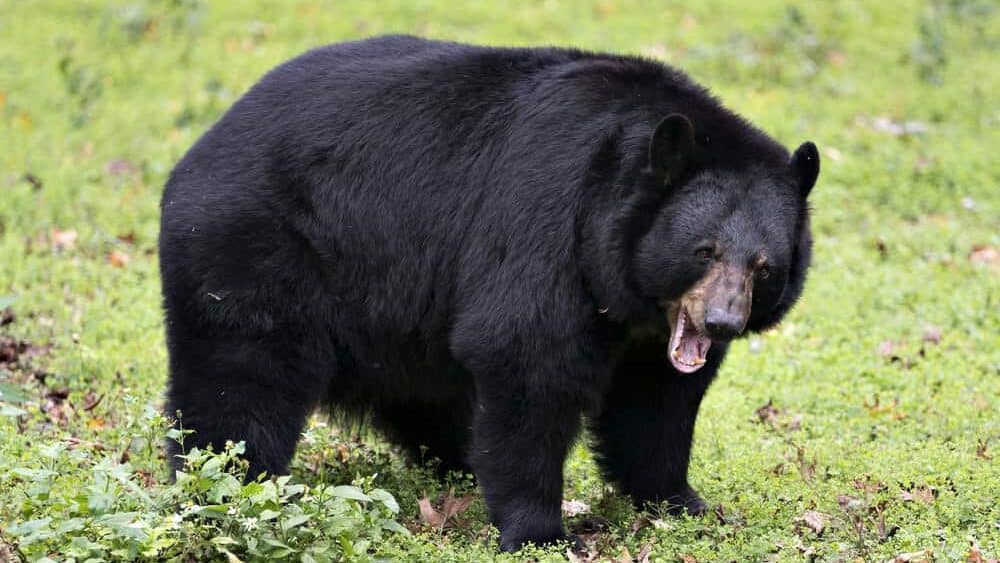
The question of whether bears truly hibernate has generated considerable scientific debate. Technically, bears enter a state called “winter dormancy” or “denning” rather than true hibernation. Unlike true hibernators such as ground squirrels, bears maintain a relatively high body temperature during their winter sleep, dropping only about 10 degrees Fahrenheit from their normal temperature. Their heart rate decreases significantly from a normal 40-70 beats per minute to 8-19 beats per minute, but they remain capable of waking relatively quickly if disturbed—something true hibernators cannot do.
Despite these distinctions, bears do experience many hibernation-like characteristics. They cease eating, drinking, urinating, and defecating for months at a time. A bear’s metabolism slows dramatically, allowing it to survive entirely off stored body fat. Perhaps most remarkably, female bears even give birth during this period and nurse their cubs while still in this dormant state. For these reasons, many biologists now classify bears’ winter dormancy as a specialized form of hibernation, recognizing that hibernation exists on a spectrum rather than as a binary classification.
Which Animals Hibernate Besides Bears?
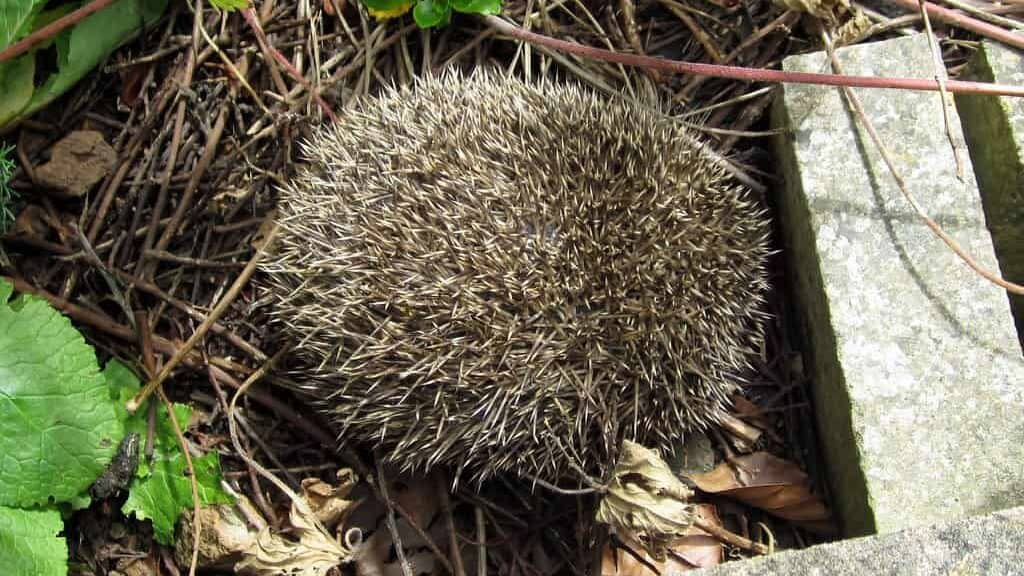
The diversity of hibernating animals extends far beyond bears, encompassing creatures across multiple taxonomic groups. Among mammals, groundhogs (also called woodchucks) are considered “true hibernators,” with body temperatures dropping to near freezing and heart rates slowing to just a few beats per minute. Other prolific mammalian hibernators include various species of ground squirrels, jumping mice, hedgehogs, and certain bat species. The Arctic ground squirrel deserves special mention, as its body temperature can drop below freezing during hibernation—the only known mammal capable of this feat without suffering tissue damage.
Hibernation isn’t limited to mammals. Many reptiles and amphibians enter brumation, a hibernation-like state where they become inactive during cold periods. Frogs have particularly fascinating adaptations—some species can actually freeze solid during winter, with glucose acting as a natural antifreeze to protect their vital organs. Even some birds, like the common poorwill, can enter torpor for extended periods. Invertebrates demonstrate hibernation-like states as well, with many insects entering diapause, a period of suspended development triggered by environmental cues that allows them to synchronize their life cycles with favorable conditions.
How Long Do Animals Hibernate?
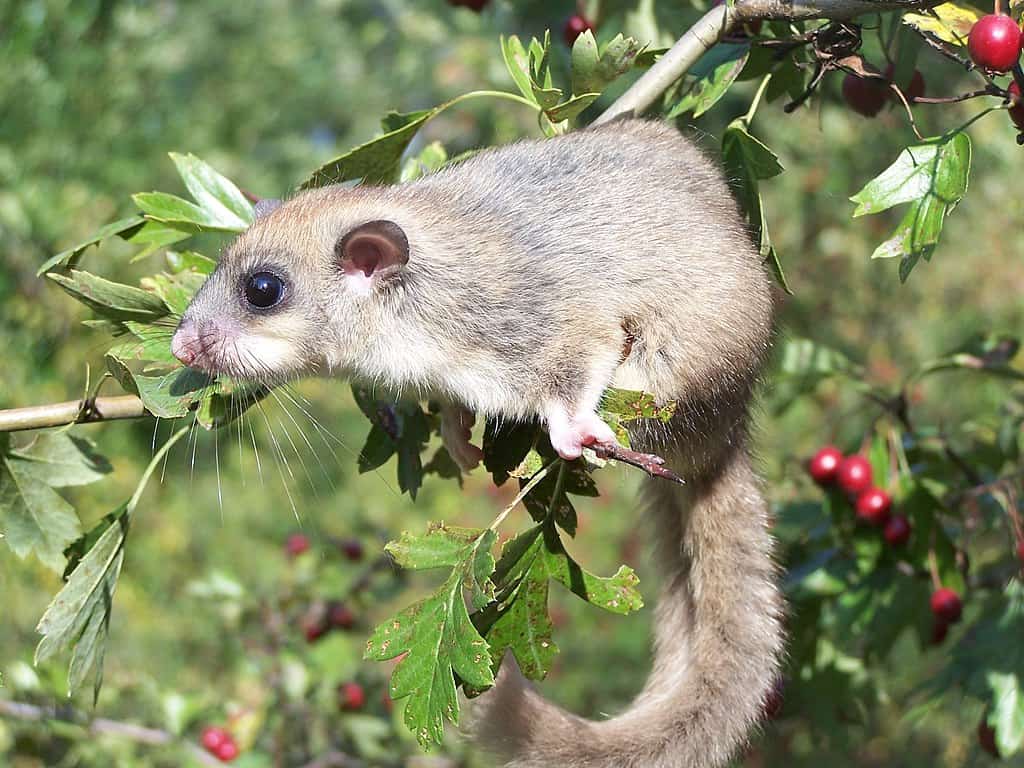
Hibernation duration varies dramatically across species, influenced by factors including climate, food availability, and the animal’s physiology. Among the longest hibernators are the edible dormouse (Glis glis), which can hibernate for up to 11 months in certain conditions—an astonishing adaptation that means these creatures spend the vast majority of their lives in dormancy. Common ground squirrels typically hibernate for 5-8 months, while woodchucks average around 5 months. Bears generally den for 3-5 months, with bears in northern regions hibernating longer than their southern counterparts due to extended winter conditions.
The timing of hibernation isn’t fixed but responds to environmental cues and physiological readiness. Many animals begin preparing for hibernation weeks or even months before actually entering their dormant state, increasing food consumption to build fat reserves—a period known as hyperphagia. Exit from hibernation likewise follows environmental signals, particularly changing day length and rising temperatures. Climate change is now affecting hibernation patterns, with some species shortening their hibernation periods or shifting their timing in response to warming temperatures, potentially creating mismatches between hibernation cycles and food availability that could threaten population sustainability.
What Happens To An Animal’s Body During Hibernation?

During hibernation, animals undergo remarkable physiological transformations that would be fatal under normal circumstances. Body temperature plummets dramatically—the Arctic ground squirrel’s internal temperature can drop to -2.9°C (26.8°F), below the freezing point of water. Heart rates slow profoundly; a hibernating groundhog’s heart beats just 4-5 times per minute compared to its normal 80-100 beats. Breathing becomes extremely shallow and intermittent, with some hibernators taking only a few breaths per minute. Brain activity decreases significantly, though certain regions remain active to monitor environmental conditions and maintain essential functions.
Metabolically, hibernating animals shift to primarily burning stored fat rather than carbohydrates, producing ketones that help protect the brain during this period of reduced oxygen supply. Remarkably, hibernators have evolved mechanisms to prevent muscle atrophy despite months of inactivity—an area of intense research interest for human medical applications. The digestive system essentially shuts down, and many hibernators recycle their waste products internally rather than excreting them. Immune function also changes during hibernation, with some aspects suppressed while others are enhanced, creating a unique immunological state that researchers are studying for insights into fighting human diseases.
Do Hibernating Animals Wake Up During Winter?

Contrary to popular belief, many hibernating animals do periodically arouse from their torpid state throughout winter. These arousal episodes are brief but regular occurrences for true hibernators like ground squirrels, which may wake every few weeks for periods lasting several hours before returning to torpor. During these arousal intervals, the animal’s body temperature returns to normal, heart and respiratory rates increase, and they may engage in light activity within their hibernaculum (hibernation chamber). Some species may even consume small amounts of stored food or eliminate waste before returning to their dormant state.
These energetically costly arousals serve several critical biological functions. They allow hibernators to restore normal immune function temporarily, engage in certain metabolic processes that cannot occur during deep torpor, and possibly address accumulated sleep debt, as torpor doesn’t provide the same neurological benefits as true sleep. Bears, with their less extreme form of hibernation, experience micro-arousals but rarely fully wake unless disturbed. The mechanisms controlling these periodic arousals remain not fully understood, though they appear to be regulated by internal biological clocks rather than external stimuli, highlighting the sophisticated nature of hibernation as a controlled physiological process rather than a simple response to cold.
Can Humans Hibernate?

Humans lack the physiological adaptations necessary for natural hibernation. Our bodies cannot safely tolerate the dramatic drops in temperature, heart rate, and metabolism that hibernating animals experience. When humans are exposed to extreme cold, we develop hypothermia—a dangerous condition that can lead to cardiac arrest and death rather than the controlled metabolic suppression seen in hibernators. Additionally, humans have not evolved the specialized fat tissues, circulatory adaptations, or metabolic pathways that allow hibernating animals to survive months without eating or drinking.
Despite these limitations, medical researchers are investigating artificial hibernation-like states for human therapeutic applications. Therapeutic hypothermia, where a patient’s body temperature is deliberately lowered to 32-34°C (89.6-93.2°F), is already used to protect the brain after cardiac arrest or stroke. More advanced techniques being researched include hydrogen sulfide-induced suspended animation and various pharmaceutical approaches to safely reduce metabolism. The potential applications are significant, ranging from trauma care to space travel, where induced torpor could help astronauts survive long-duration missions to Mars. While natural hibernation remains beyond human capability, these biomimetic approaches seek to adapt the principles of hibernation for medical benefit.
What Do Animals Eat Before Hibernation?

Pre-hibernation feeding, often called hyperphagia (excessive eating), is a critical preparation phase during which animals dramatically increase their food consumption to build the fat reserves needed to survive months without eating. Bears exemplify this behavior strikingly, consuming up to 20,000 calories daily—roughly ten times their normal intake—and gaining up to 30 pounds per week in the months before denning. Their diet shifts to emphasize high-calorie foods like nuts, berries, and insects that help them achieve the 30-40% body fat content needed for successful hibernation. Similarly, groundhogs can double their weight before hibernation, storing the energy primarily as white adipose tissue.
Hibernators don’t just increase quantity but often strategically select specific nutrients. Many small mammals preferentially seek foods rich in polyunsaturated fatty acids (PUFAs) before hibernation, as these fats remain more fluid at low body temperatures and are more efficiently metabolized during torpor. Some species, like chipmunks and mice, also create food caches in their hibernation dens that they can access during periodic arousals. The intensity of pre-hibernation feeding is triggered by environmental cues including decreasing daylight hours, dropping temperatures, and hormonal changes that stimulate appetite and fat storage, effectively programming the animal’s body to prepare for the coming period of dormancy.
Do Animals Dream During Hibernation?

The question of whether hibernating animals dream touches on the complex relationship between hibernation and sleep. True hibernation is not identical to sleep—it’s a distinct physiological state with different brain activity patterns. During deep torpor, brain activity is dramatically reduced to levels below those seen in normal sleep, with minimal neural firing that would be insufficient to support dreaming as we understand it. The electroencephalogram (EEG) patterns of deeply hibernating animals show almost flat-line activity in contrast to the variable waves characteristic of normal sleep cycles, including REM sleep when most dreaming occurs.
However, the periodic arousal episodes that many hibernators experience do include periods of normal sleep, including REM sleep. During these brief intervals when body temperature and brain activity return to near-normal levels, dreaming becomes physiologically possible. Bears, which maintain higher brain activity throughout their winter dormancy compared to true hibernators, may experience more sleep-like states that could potentially include dreaming. Recent research using advanced brain imaging and recording techniques is beginning to provide more insights into the neurobiology of hibernation, though the subjective experience of hibernating animals—including whether they dream—remains one of nature’s fascinating mysteries that science has yet to fully unravel.
How Do Animals Know When To Hibernate?
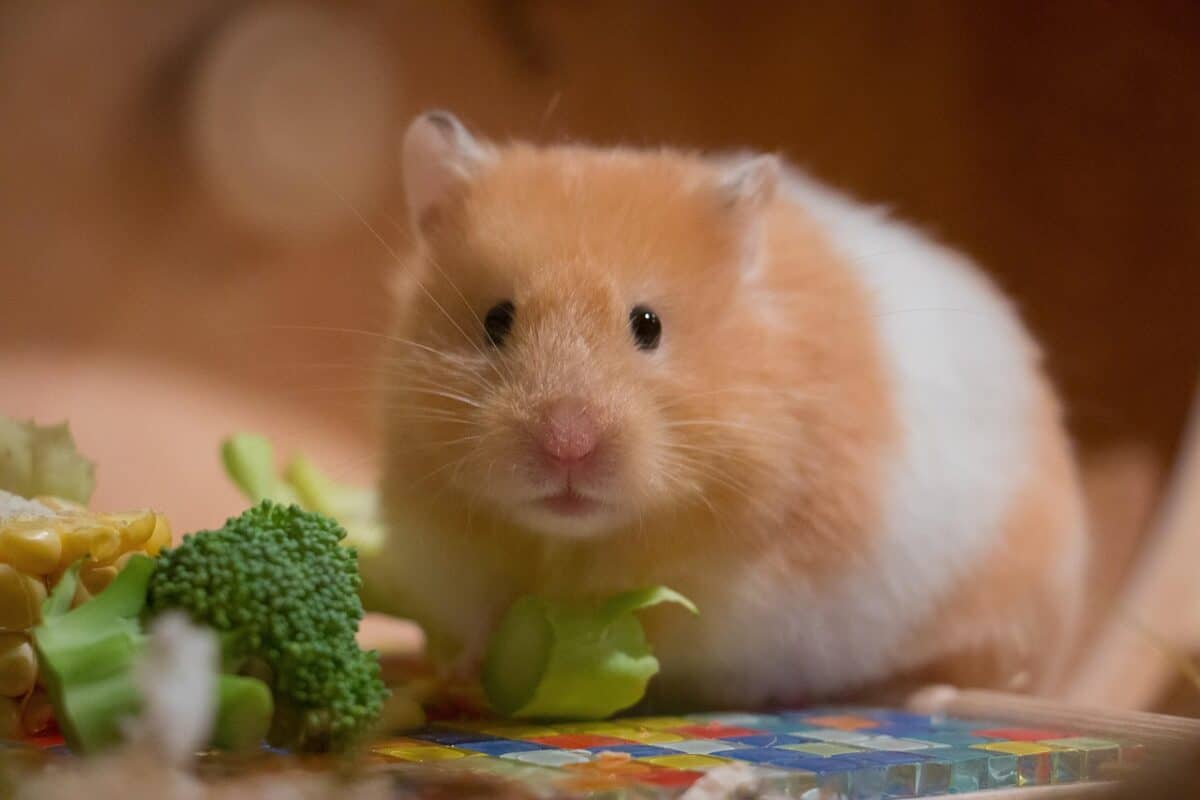
The timing of hibernation is regulated by a sophisticated interplay of external environmental cues and internal biological clocks. Photoperiod—the changing length of daylight—serves as a primary trigger, with decreasing day length in autumn stimulating hormonal changes that prepare the body for hibernation. Temperature fluctuations provide additional signals, though they’re generally secondary to photoperiod. These external cues interact with circannual rhythms—internal annual cycles that continue even in constant laboratory conditions, demonstrating that hibernation timing has a strong genetic component. The pineal gland plays a crucial role in this process, translating daylight information into hormonal signals through melatonin production.
The biochemical preparations for hibernation begin weeks or months before the animal actually enters torpor. Decreasing daylight triggers increases in hormones like leptin and insulin that regulate fat storage and appetite, promoting the hyperphagia necessary to build sufficient fat reserves. As hibernation approaches, the hypothalamus—the brain’s primary regulator of metabolic processes—undergoes changes that will enable the dramatic reduction in body temperature and metabolism. Body composition also serves as an internal trigger; animals typically don’t enter hibernation until they’ve reached a specific threshold of body fat. This multifaceted timing system ensures that hibernation coincides optimally with environmental conditions, balancing the energy savings of early hibernation against the need for adequate preparatory feeding.
How Does Climate Change Affect Hibernation?
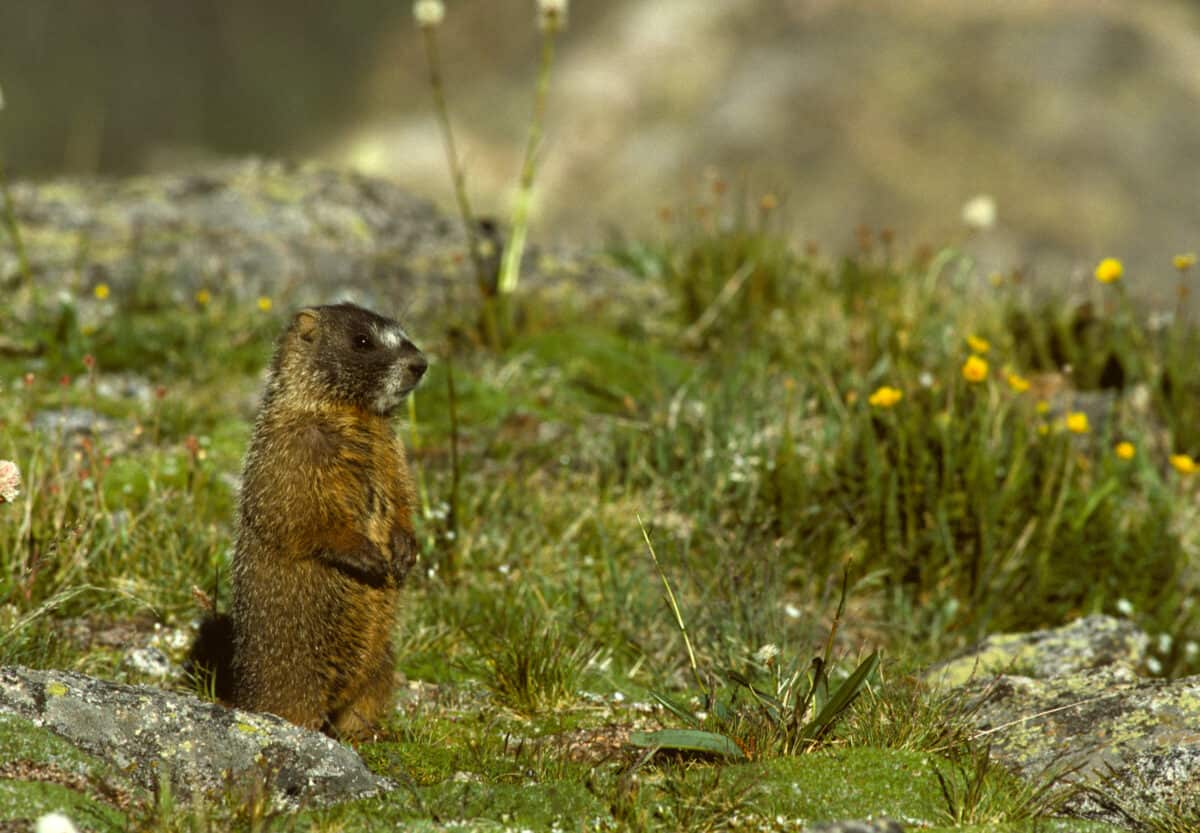
Climate change is significantly disrupting hibernation patterns worldwide, potentially threatening the survival of many hibernating species. Rising temperatures and altered seasonal patterns are causing many animals to enter hibernation later and emerge earlier than historical norms. For example, studies of yellow-bellied marmots in Colorado have documented hibernation periods shortening by up to 38 days over recent decades. While a longer active season might initially seem beneficial, it often creates dangerous mismatches between the animal’s biological cycles and their environment—such as emerging before adequate food sources are available or remaining active when the metabolic costs exceed available nutrition.
More erratic weather patterns also pose direct threats to hibernating animals. Unseasonably warm periods may trigger premature arousal, forcing animals to burn critical energy reserves before spring truly arrives. Conversely, sudden cold snaps can be fatal to animals that have already terminated hibernation based on earlier warming signals. For species like the American black bear, whose reproductive cycles are tightly linked to hibernation timing, these disruptions may impact population sustainability. Perhaps most concerning, hibernation-dependent species have evolved their unique physiological adaptations over millennia and may lack the genetic flexibility to rapidly adapt to accelerating climate shifts, making them particularly vulnerable to extinction pressures in our rapidly changing climate.
Conclusion: The Ongoing Mystery and Marvel of Hibernation

Hibernation remains one of nature’s most remarkable adaptations, allowing diverse animal species to survive conditions that would otherwise be insurmountable. From the dramatic physiological transformations that permit ground squirrels to essentially “turn off” their bodies to the sophisticated timing mechanisms that ensure bears den precisely when environmental conditions demand it, hibernation showcases evolution’s incredible problem-solving capacity. As we’ve explored through these frequently asked questions, hibernation is not a simple response to cold but a complex, precisely regulated biological process that varies significantly across species and continues to reveal new scientific insights.
Despite centuries of observation and decades of scientific research, many aspects of hibernation remain mysterious. The exact mechanisms that protect hibernators’ organs during extended inactivity, prevent muscle atrophy, and allow for periodic arousals are still being unraveled. These discoveries hold tremendous potential not just for understanding animal biology but for human medical applications ranging from organ preservation to space travel. As climate change increasingly affects hibernation patterns worldwide, our understanding of these processes becomes not merely academically interesting but critically important for conservation efforts aimed at protecting these uniquely adapted species.
The continued fascination with hibernation reflected in these widely searched questions highlights our enduring connection to the natural world and its wonders. Whether contemplating the bear’s winter sleep, the frozen frog’s remarkable antifreeze capabilities, or the potential for adapting hibernation principles to human medical needs, this biological phenomenon reminds us of nature’s ingenious solutions to environmental challenges. As research tools become more sophisticated and our understanding deepens, hibernation will undoubtedly continue to inspire both scientific inquiry and popular curiosity for generations to come.
- 17 Dog Breeds With The Longest Life Expectancy - August 19, 2025
- Why This US National Park Is Home to the Worlds Largest Herd of Bison - August 19, 2025
- 10 Creatures With Built-In Armor - August 19, 2025

